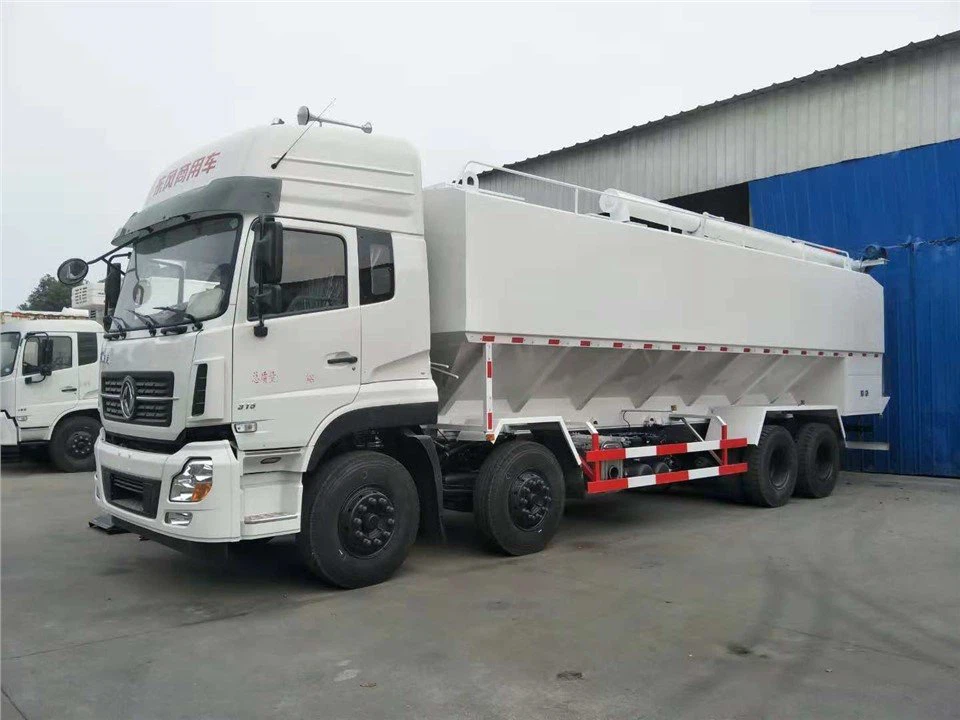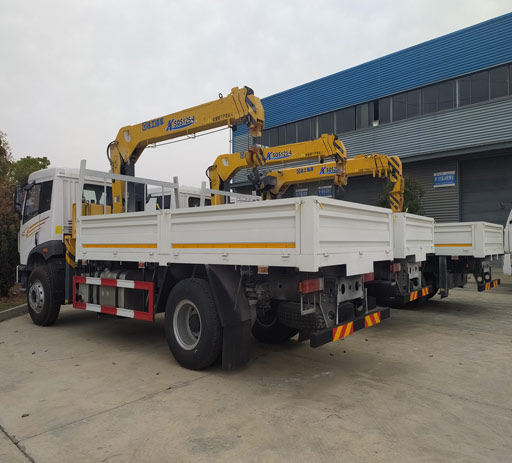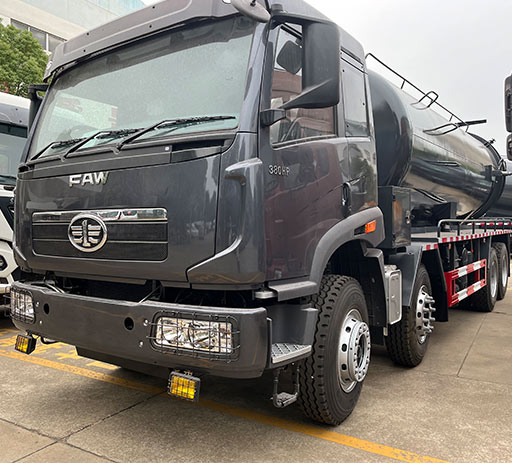How Many Tons in a Dump Truck: The Ultimate Guide

Understanding the capacity of a dump truck is crucial for anyone involved in construction, landscaping, or material handling. Dump trucks come in various sizes and types, each designed for specific tasks. This article will provide a comprehensive look at dump truck capacities, including practical examples, tips, and a FAQ section to clarify any questions you might have.
1. What is a Dump Truck?
A dump truck is a heavy-duty vehicle used to transport loose materials such as sand, gravel, dirt, and construction debris. The back of a dump truck features a hinged bed that allows for easy unloading. This design makes dump trucks particularly useful on construction sites and in mining operations.
2. Types of Dump Trucks
There are several types of dump trucks, each with varying capacities. Below are the most common types:
2.1 Standard Dump Truck
The standard dump truck, commonly known as a “dump truck,” has a straight truck chassis and is one of the most widely used types. It can typically carry between 10 and 14 tons of material.
2.2 Articulated Dump Truck
Articulated dump trucks have a joint between the cab and the dump box. They can carry a heavier load of up to 30 tons. Hence, they are advantageous in off-road conditions and rough terrains.
2.3 Transfer Dump Truck
Transfer dump trucks can carry around 20 tons. They consist of a truck with a trailer attached that can transfer its load to another vehicle, increasing efficiency on the job site.
2.4 Side Dump Truck
Side dump trucks have a unique design that allows them to unload materials quickly to the side. Depending on the model, they can carry anywhere from 10 to 27 tons.
2.5 Super Dump Truck
The super dump truck is a specialized vehicle capable of carrying up to 26 tons or more. It has an additional axle that allows it to support a heavier load while remaining compliant with highway regulations.
3. Factors Influencing Dump Truck Load Capacity
Several factors can affect how many tons a dump truck can carry:
3.1 Truck Size and Design
The overall design and size of the dump truck play a significant role in its load capacity.
3.2 Type of Material
The density and weight of the material being transported will affect how much can be loaded into a dump truck. Heavier materials like asphalt will yield a lower tonnage than lighter materials like mulch.
3.3 Local Regulations
Local laws often dictate the maximum weight allowed on highways, which can limit how much material a dump truck can carry.
4. Understanding Dump Truck Capacity in Tons
Dump truck capacities are often measured in cubic yards as well as tons. Here is a general estimate of how tons convert to cubic yards based on common materials:
| Material | Cubic Yards | Approximate Tons |
|---|---|---|
| Sand | 1 cubic yard | 1.5 tons |
| Gravel | 1 cubic yard | 1.6 tons |
| Dirt | 1 cubic yard | 1.2 tons |
| Asphalt | 1 cubic yard | 1.8 tons |
5. Choosing the Right Dump Truck

When selecting a dump truck for your project, consider the following:
5.1 Load Type
Identify the materials you will be transporting to choose the right type of dump truck for your needs.
5.2 Project Size
Consider the volume of material you need to move. Larger projects may require trucks with higher capacities.
5.3 Terrain
Articulated dump trucks perform better in rough terrains, while standard models are often sufficient for smoother roads.
6. Practical Examples of Dump Truck Uses
Dump trucks are versatile and can be used in various scenarios, such as:
6.1 Construction Sites
Transporting materials like gravel, sand, and concrete to the site. A standard dump truck may carry material for a small home construction project, while larger projects might benefit from an articulated dump truck.
6.2 Landscaping
Moving topsoil, mulch, and other landscaping materials to residential and commercial properties.
6.3 Road Work
Transporting asphalt and aggregate for road repair and construction projects.
6.4 Mining Operations
Dump trucks are vital in transporting ore and waste materials within mining sites. An articulated dump truck is typically used due to its robustness.
7. Maintenance Tips for Dump Trucks
Regular maintenance of dump trucks ensures safety and efficiency. Here are some tips:
7.1 Routine Inspections
Conduct frequent checks on tires, brakes, lights, and the hydraulic system.
7.2 Cleaning
Keep the dump bed clean and free from debris, as built-up materials can affect operation.
7.3 Lubrication
Regularly lubricate moving parts, especially the hinge and hydraulic mechanisms.
8. Common Mistakes When Using Dump Trucks
Awareness of typical pitfalls can enhance efficiency:
8.1 Overloading
Avoid exceeding the truck’s weight capacity, which can lead to accidents and vehicle damage.
8.2 Ignoring Maintenance
Neglecting regular maintenance can lead to more extensive and costly repairs down the line.
8.3 Poor Loading Techniques

Ensure that materials are evenly distributed to maintain balance during transport.
9. Frequently Asked Questions (FAQs)
9.1 How many tons can a standard dump truck carry?
A standard dump truck can typically carry between 10 to 14 tons of material.
9.2 What materials are best suited for dump trucks?
Common materials include sand, gravel, dirt, asphalt, and construction debris.
9.3 How do I know if I’m overloading my dump truck?

Check the manufacturer’s specifications for the vehicle’s maximum load capacity and use a scale if necessary.
9.4 Can I use a standard dump truck for off-road transport?
While it’s possible, for off-road projects, an articulated dump truck is generally more suitable due to its design and stability.
9.5 What should I do if my dump truck breaks down?
First, ensure safety by moving away from traffic. Contact a qualified repair service to assess and fix the issue.
9.6 Are there regulations for dump truck operators?
Yes, operators must comply with local weight regulations, safety standards, and licensing laws to ensure safe operation.
